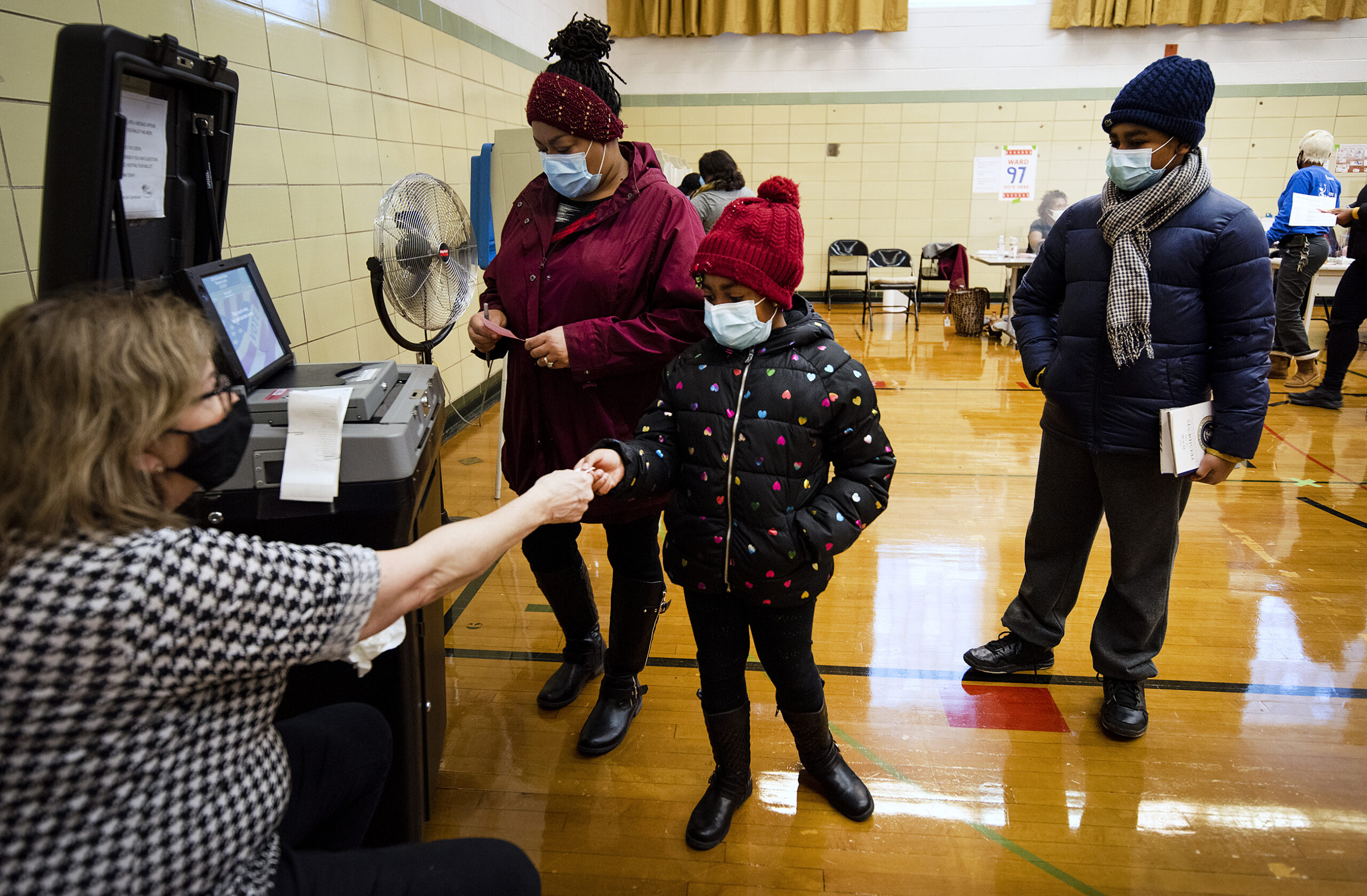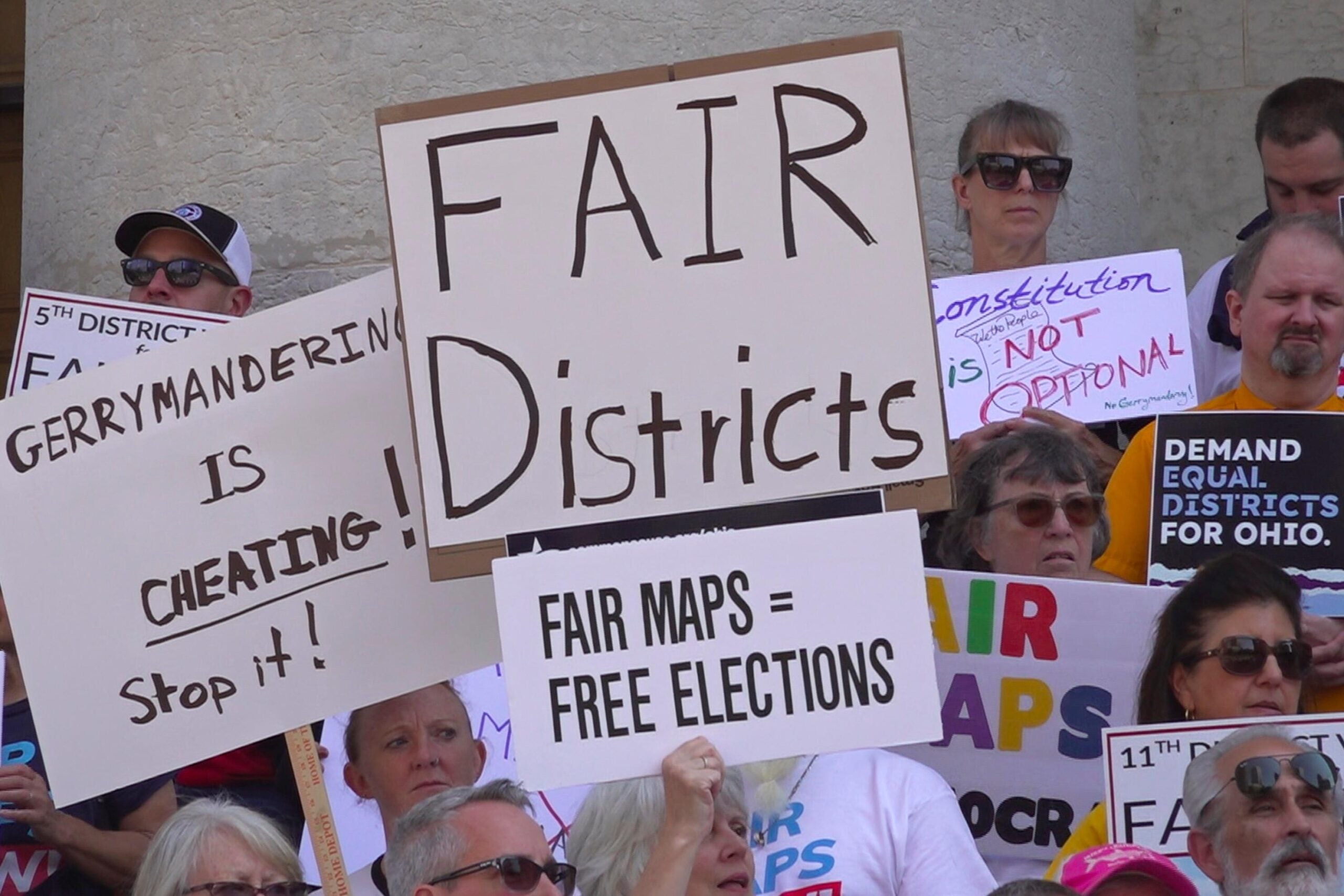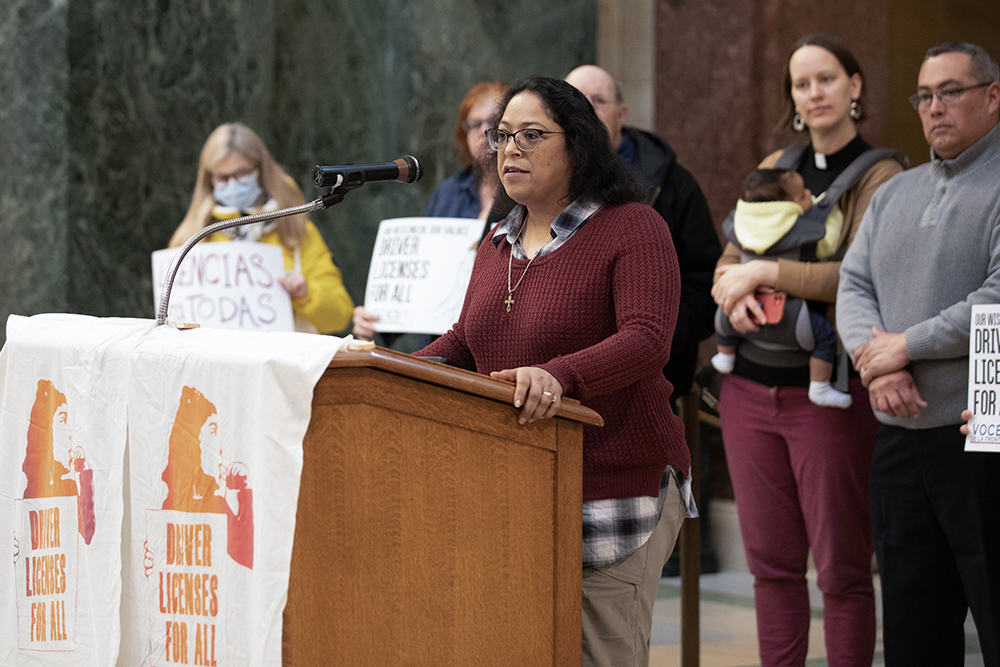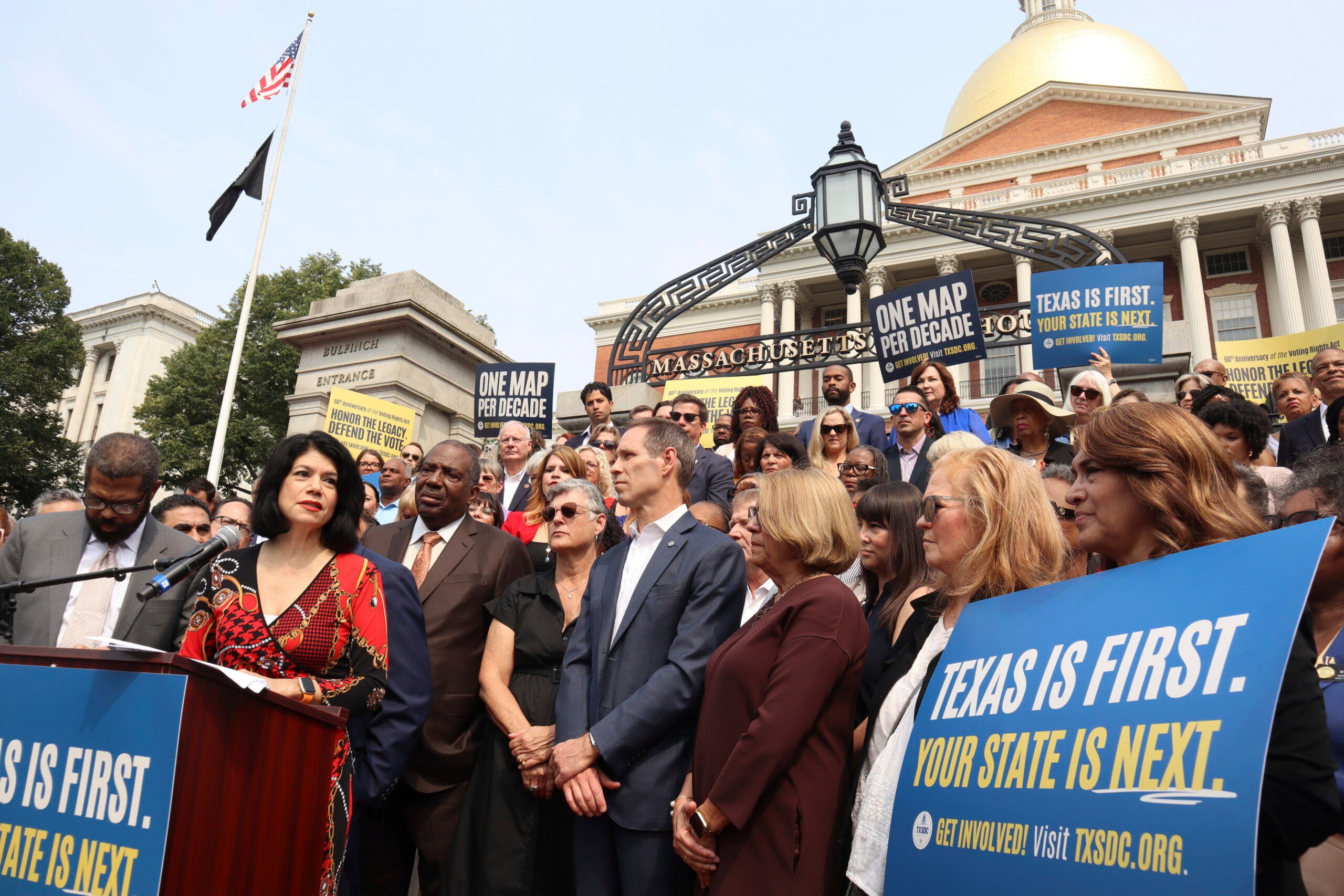Over the last two months, Milwaukee County’s Independent Redistricting Commission held seven public meetings to discuss redrawing political district maps.
The commission’s goal was to hear from as many people as possible about this once-a-decade process, but less than a dozen Milwaukee County residents have participated, says retired Milwaukee County Judge Jean DiMotto, who chairs the commission.
DiMotto said she is disappointed by the community’s apathy for the process considering the meeting notices were sent to 195 entities, including businesses, media outlets, libraries and local governments. But she said she isn’t that surprised.
News with a little more humanity
WPR’s “Wisconsin Today” newsletter keeps you connected to the state you love without feeling overwhelmed. No paywall. No agenda. No corporate filter.
“The work of local government committees, councils and boards is no longer covered in the media as much as it used to be,” DiMotto said. “I would love to have more people paying attention to what we’re doing, digest it and make a comment. But we forge ahead as best as we can without that input using our best judgement.”
Redistricting is the process of redrawing congressional, state legislative and local electoral district boundaries every 10 years. The process is based on U.S. Census numbers to account for population changes within the state and ensure equal representation in government.
In Milwaukee County, DiMotto and five other retired judges appointed by the Milwaukee County Board have been overseeing the process, this has been done to keep elected officials from making initial decisions.
County Board Supervisor John Weishan was on the county redistricting committee in 2000, 2003 (when the county board size was reduced) and 2010. He said each time, the goal has been to improve minority representation.
“It was made a little more difficult in 2010, because when the Republicans took over, they also flipped the redistricting process on its head and did their voodoo election process and it made it much more difficult for counties and municipalities to do theirs,” Weishan said.
Even with political redistricting, Weishan said it’s hard to determine the outcome. He gave the example of a far north side district in the city of Milwaukee, which is predominately Black. For three terms, conservative Deanna Alexander was elected to the Milwaukee County Board. Alexander announced in 2019 she wouldn’t seek reelection. Russell Antonio Goodwin Sr. now holds the seat.
“You can craft a district based on demographics, but at the end of the day, it comes to people running good campaigns, people connecting with their constituents and people showing up for those lower participation spring elections,” Weishan said.
In Dane County, a new nonpartisan redistricting commission was created that includes 11 citizen members appointed by the county board chair and the county clerk. Under Dane County’s plan, the commission will accept and evaluate maps proposed by the public.
Map Recommendations Reflect A ‘More Diverse And More Integrated’ County
The Milwaukee County Independent Redistricting Commission finished their first phase of work last Friday.
In a letter to County Board members dated last Friday, DiMotto said Milwaukee County is “more diverse and more integrated than it was in 2010. Moreover, it is nearly equal in terms of the number of white people and the number of people of color.”
The map the commission is recommending has nine districts which are majority white and nine districts that are majority minority.
Of the majority minority districts, six are majority Black, two are majority Hispanic/Latinx and one district is majority-minority with no single minority group predominating.
“Because the greatest population growth in the last 10 years has been in the Hispanic/Latinx population, we did look at the possibility of three districts, but this would have significantly diluted the voting power of the Hispanic/Latinx population in two of the three proposed districts,” DiMotto wrote.
DiMotto said feedback from the community led to the recommendation of two districts instead of three.
County Supervisor Sylvia Ortiz-Velez said this is the first time in county history the maps will truly represent the Hispanic community, not just look good on paper.
“Creating a second majority Hispanic district will allow Hispanic voters in Milwaukee to choose the candidate of their choice,” Ortiz-Velez said.
The 2020 Census shows Milwaukee County’s Hispanic population grew by 21.4 percent since 2010, with most of that growth centered around neighborhoods on Milwaukee’s south side.
The Milwaukee County Board’s Judiciary, Safety and General Services Committee will meet Wednesday to review the commission’s recommendations. The County Board will vote on the recommendations Friday.
Under state law, cities can’t begin their map-making processes for aldermanic districts until they receive tentative county district maps.
Once the municipalities have redrawn their maps, the Independent Redistricting Commission will review them and hold one final public hearing.
Wisconsin Public Radio, © Copyright 2025, Board of Regents of the University of Wisconsin System and Wisconsin Educational Communications Board.







